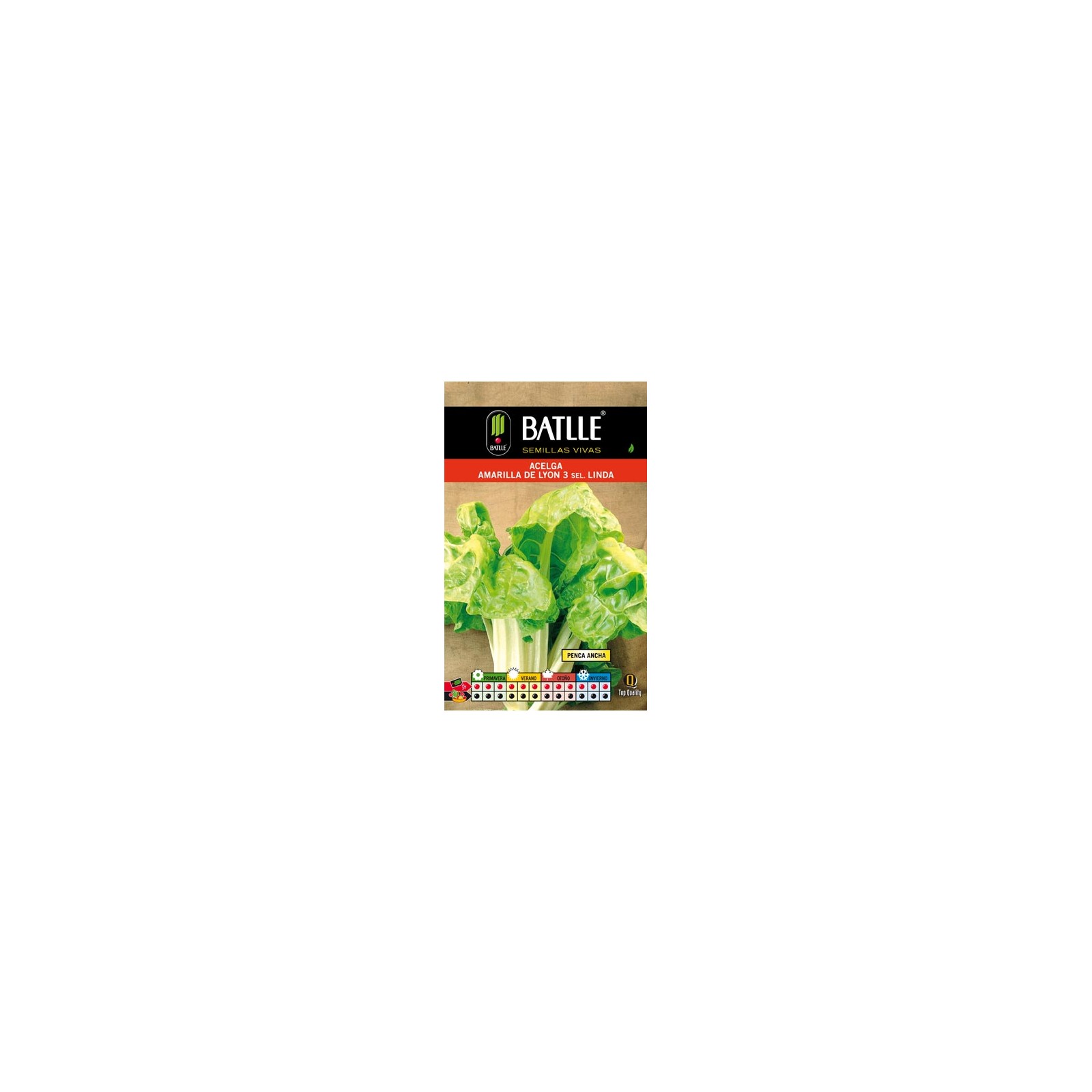- New






Shipping policy

Return policy
Swiss Chard (Beta vulgaris, cycla) belongs to the Chenopodiaceae family. It is cultivated for its large leaves, which have a thick central vein, the white stalk that is highly nutritious. A biennial plant well-regarded for its high vitamin, fiber, folic acid, and mineral salt content but low calorie count due to its high water content. It is a species that thrives in temperately humid climates and can withstand cold, especially when the plants have four to five leaves. Low temperatures act as a vernalization factor, causing it to bolt when temperatures rise. Swiss Chard grows best in medium to heavy soil while tolerating salinity well. Nitrogen applications should be split throughout the growing cycle.
General Cultivation Tips:
Linda Swiss Chard Variety: A variety with abundant, erect, large greenish-yellow leaves and wide, fleshy stalks. Highly durable and slow to bolt, making it preferable to cultivate in summer.